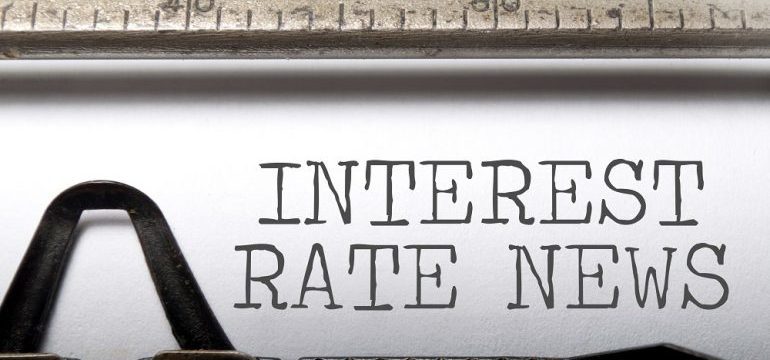The financial world hangs on the mere hint of a possible interest rate increase by the Federal Reserve. But what about rank-and-file consumers? What does the Federal Reserve do, and how does it affect what you pay for your mortgage?
What is the Federal Reserve? Despite its name, the Federal Reserve is not an agency of the U.S. government. It is a private corporation empowered by the government to be the bank that influences interest rates for the entire U.S. banking system. All banks in the United States are required by law to maintain a minimum reserve of money on deposit with the Federal Reserve. Through daily transactions, banks either exceed or fall short of their reserve requirements and lend to one another to get back into balance. The interest rate they negotiate to charge each other is called the federal funds rate. The Federal Reserve doesn’t dictate the rate but instead influences this federal funds rate through various policies such as buying and selling U.S. government bonds and by creating more money to disperse into the banking system. This affects U.S. banks’ cost of doing business, so in order to be profitable, the banks, in turn, must set the interest rate which they charge consumers for loans at a level at which they can profit.
Think of the federal funds rate as being like the wholesale cost that a clothing store owner must pay for inventory sold to customers. The retail price is set above that rate so the store owner will turn a profit. Likewise, the federal funds rate is the wholesale cost that banks must pay to have money to loan, and the rate they charge on car loans and mortgages is the retail price at which they loan to customers.
How does this affect mortgage rates? The federal funds rate is a very short-term rate as these loans between banks have a short maturity. But the short-term nature of the federal funds rate affects consumer lending rates, including mortgages. The Federal Reserve cannot set mortgage rates, but by their strategic buying and selling of government bonds, which either increases or decreases the supply of money available to lend, the Federal Reserve can influence rates higher or lower.
Your borrowing rates. The federal Truth in Lending Act, also known as Federal Reserve Regulation Z, requires advance disclosures of loan terms and costs to mortgage borrowers. Although the interest on the loan is calculated based on the Federal Reserve’s current interest rate, the lender is also required to report the annual percentage rate or the APR. Since other costs are associated with a loan, such as origination fees and discount points, the APR incorporates these fees and provides a true cost of obtaining credit. Therefore, the APR will always be greater than the short-term interest rate quoted in the daily financials.
Related – How Inflation and Rising Interest Rates Affect the Housing Market


